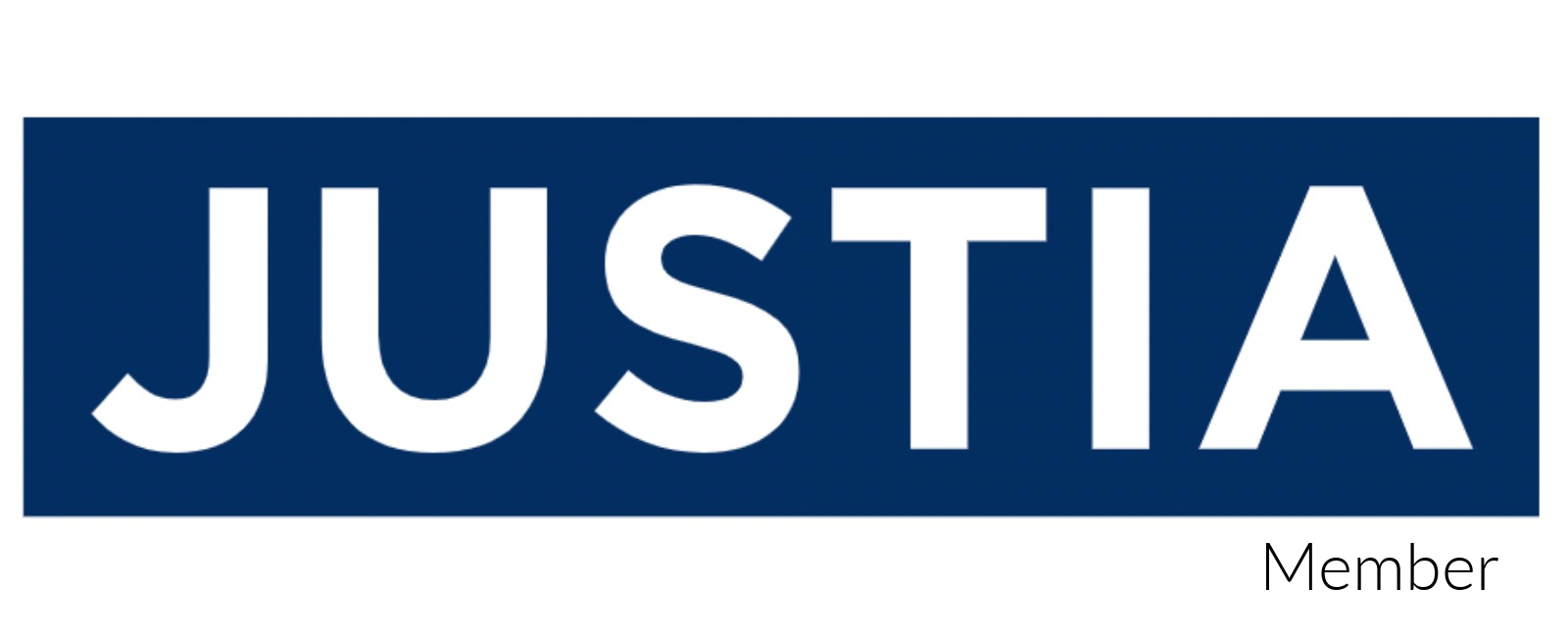- Contact Us Now: (877) 276-5084 Tap Here to Call Us
The importance of pleading in Trade secret cases
Vondran Legal® – Bay Area Trade Secrets Law Firm
Legal Issue: The Importance of Pleadings in Trade Secret Cases
Pleadings are the documents that parties file with the court at the beginning of a lawsuit to outline their positions and the issues in dispute. In trade secret cases, pleadings are fundamental because they lay the groundwork for the entire litigation process. The initial complaint, which is the first pleading filed by the plaintiff, is particularly crucial because it details the plaintiff’s claims and sets the stage for discovery and trial.
Setting the Stage with Specificity
Crafting a detailed and precise pleading can prevent the case from being bogged down by unnecessary motions and delays. For example, in trade secret litigation, it is essential to describe the trade secrets with enough specificity to inform the defendant of what is being claimed while protecting the secrets from being fully disclosed. This balance is tricky but necessary. The court in Diodes, Inc. v. Franzen emphasized that the plaintiff must identify the trade secret with sufficient particularity to distinguish it from general knowledge in the industry or specialized knowledge of skilled professionals.
Key Elements in Trade Secret Pleadings
The pleading must include several key elements:
- Existence of a Trade Secret
To establish the existence of a trade secret, the plaintiff must clearly define what the trade secret is and why it qualifies as such under the law. This involves demonstrating three key elements:
- Valuable Information: The plaintiff must show that the information has economic value, actual or potential, because it is not generally known to others who could gain economic value from its disclosure or use. For example, a unique manufacturing process that allows a company to produce goods more efficiently than competitors can be considered valuable.
- Not Generally Known: The information must be not generally known or readily ascertainable by proper means by other persons who can obtain economic value from its disclosure or use. This means that the trade secret cannot be something that is common knowledge within the industry. For instance, a formula for a beverage that is not publicly known and gives the company a competitive edge would meet this criterion.
- Reasonable Steps to Maintain Secrecy: The plaintiff must demonstrate that reasonable efforts were made to keep the information secret. This could include measures such as requiring employees to sign non-disclosure agreements (NDAs), implementing security protocols to protect data, and limiting access to the information to a need-to-know basis.
- Ownership of the Trade Secret
Ownership of the trade secret must be clearly established by the plaintiff. This typically involves showing how the trade secret was developed or acquired. Key points to consider include:
- Development: If the trade secret was developed internally, the plaintiff should provide documentation showing the research and development process. This might include project plans, lab notes, internal communications, and any prototypes or working models. For example, a tech company that develops a new algorithm would need to show the timeline and process of its creation, including contributions from employees or contractors.
- Acquisition: If the trade secret was acquired through a purchase or license, the plaintiff should provide the relevant agreements and contracts. This could include terms of sale, licensing agreements, or other documentation showing the legal transfer of the trade secret.
- Employee Contributions: Often, employees contribute to the development of a trade secret. The plaintiff must show that these contributions were made within the scope of their employment and that any rights to the trade secrets were assigned to the company. Employee contracts and NDAs are crucial here.
- Continuous Control: The plaintiff must show that they have maintained continuous control over the trade secret. This includes ongoing efforts to protect the information and ensuring it is used in a manner consistent with maintaining its confidentiality.
- Misappropriation by the Defendant
To establish misappropriation, the plaintiff must allege and prove that the defendant improperly acquired, disclosed, or used the trade secret. Misappropriation can occur in several ways:
- Improper Acquisition: This involves obtaining the trade secret through improper means such as theft, bribery, misrepresentation, or breach of a duty to maintain secrecy. For example, if a competitor hacks into a company’s computer systems to steal confidential information, this constitutes improper acquisition.
- Improper Disclosure: This occurs when a person discloses a trade secret without consent, knowing that it was acquired through improper means or under circumstances giving rise to a duty to maintain its secrecy. For instance, if an employee leaves a company and shares confidential information with their new employer without permission, this could be considered improper disclosure.
- Improper Use: This involves using the trade secret without consent, knowing that it was acquired through improper means or under circumstances giving rise to a duty to maintain its secrecy. An example of improper use is when a former employee uses the trade secret at a new job to create a competing product.
In Advanced Modular Sputtering, Inc. v. Superior Court, the court emphasized the need for the plaintiff to provide factual details supporting each element of misappropriation. This includes showing how the defendant had access to the trade secret, what actions they took to acquire or use it improperly, and how these actions harmed the plaintiff.
Practical Example
Imagine a company, Tech Innovators, that developed a unique software algorithm to optimize online shopping experiences. If Tech Innovators believes a former employee took this algorithm to a competitor, their complaint must explain:
- Existence of a Trade Secret: They must detail the algorithm, explaining its value in enhancing shopping efficiency, how it is not known to other companies, and the steps taken to protect it (e.g., encrypted files, access controls, NDAs).
- Ownership: Tech Innovators needs to show development logs, employee contracts stating that the algorithm is the company’s property, and documentation of the research process.
- Misappropriation: They must allege that the former employee, who had access to the algorithm, took it without permission and used it at their new job, detailing how this occurred and providing any evidence of unauthorized access or transfer of files.
By breaking down these elements and providing detailed, factual support, Tech Innovators can build a strong case to protect their trade secret.
The Role of Initial Disclosures in Trade Secret Cases
Initial disclosures are a vital part of the litigation process, particularly in trade secret cases. Under Federal Rule of Civil Procedure 26(a), parties must provide certain information to the other parties without waiting for a discovery request. This includes:
- The Name and Contact Information of Individuals Likely to Have Discoverable Information: This includes anyone who might have relevant information about the claims or defenses in the case. For example, in a trade secret case, this could include former employees, consultants, or third-party contractors who were privy to the trade secrets.
- A Copy or Description of Documents, Electronically Stored Information (ESI), and Tangible Things: Parties must disclose any documents, ESI, and tangible things in their possession, custody, or control that may be used to support their claims or defenses. This could include emails, technical specifications, proprietary software, or any other documentation related to the trade secrets in question.
- A Computation of Each Category of Damages Claimed: The disclosing party must provide a computation of any damages they are claiming and make available the documents or other evidentiary material on which each computation is based, including materials bearing on the nature and extent of injuries suffered.
- Insurance Agreements: If there is any insurance agreement under which an insurance business may be liable to satisfy part or all of a judgment, the disclosing party must provide a copy of the agreement.
In trade secret litigation, initial disclosures are crucial in defining the issues early on and facilitating a more efficient discovery process. Providing detailed disclosures helps prevent disputes over the relevance and scope of discovery, saving time and resources.
Case Study: Agency Solutions.Com, LLC v. TriZetto Group, Inc.
The case of Agency Solutions.Com, LLC v. TriZetto Group, Inc. illustrates the importance of thorough and timely initial disclosures. In this case, the court found that the plaintiff’s failure to provide adequate initial disclosures hindered the defendant’s ability to prepare its case, resulting in sanctions against the plaintiff. This serves as a reminder of the potential consequences of inadequate initial disclosures.
Examples and Case Studies
Consider a hypothetical scenario where Company A sues Company B for trade secret misappropriation, alleging that a former employee of Company A, now working at Company B, stole proprietary manufacturing processes. Company A’s pleadings must provide specific details about these processes, distinguishing them from general industry knowledge. The pleadings should include how the processes were developed, how they were kept secret, and how Company B allegedly misappropriated them.
In the initial disclosures, Company A would need to provide documents and information supporting its claims, such as employee confidentiality agreements, internal communications about the trade secrets, and forensic evidence showing that the former employee accessed or transmitted the trade secrets before joining Company B.
In the BladeRoom Group Limited v. Emerson Electric Co. case, the court highlighted the need for specificity in both pleadings and disclosures. BladeRoom Group alleged that Emerson Electric misappropriated its data center designs. The court’s rulings underscored how BladeRoom’s detailed descriptions of the trade secrets and thorough initial disclosures were crucial in advancing the case through discovery and towards a favorable verdict.
Another illustrative case is Altavion, Inc. v. Konica Minolta Systems Laboratory Inc., 226 Cal. App. 4th 26 (2014). In this case, Altavion accused Konica Minolta of misappropriating its digital stamping technology. The court emphasized the importance of identifying the trade secret with sufficient specificity and demonstrating how the defendant allegedly misappropriated it. This case serves as an example of how detailed pleadings and disclosures can support a trade secret misappropriation claim.
Conclusion
In trade secret litigation, the significance of pleadings and initial disclosures cannot be overstated. Detailed and specific pleadings help define the scope of the case and ensure that the issues are clear from the beginning. Comprehensive initial disclosures facilitate an efficient discovery process, uncovering the necessary evidence to support or defend against claims of misappropriation. Cases like Diodes, Advanced Modular Sputtering, BladeRoom, and Altavion highlight these principles and offer valuable lessons for practitioners in this complex area of law. By adhering to these best practices, litigants can better protect their trade secrets and achieve successful outcomes in court.









